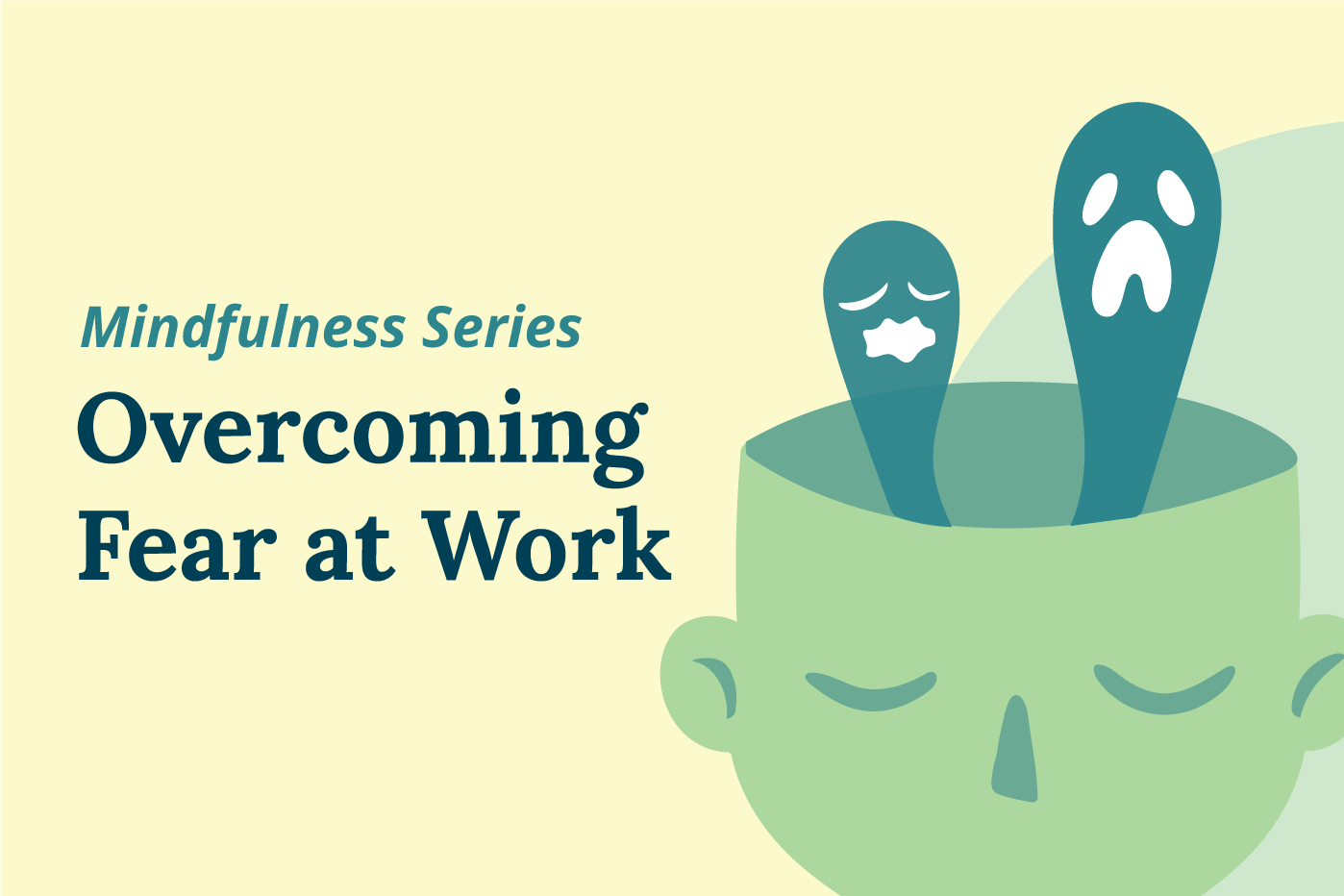Mindfulness: Overcoming Fear in the Workplace
Leadership within your organization may believe they are doing all they can to establish and maintain a positive culture. Presuming leadership is taking the right steps, you may be seeing an increase in employees voicing their concerns and establishing lines of communication with decision-makers, who are in turn doing something to address the concerns. While a speak up and listen up workplace culture is the foundation for success, undoubtedly, at every level of the organizational hierarchy are a number of employees who have the most basic of human emotions: fear.
Why is Fear so Prevalent in the Workplace?
The source of workplace fear is the inherent stress that comes from applying for, acquiring, and attempting to maintain a position within the organization. At its most basic level, work provides a means for employees to help feed their families and put a roof over their head. When those basic necessities are threatened, employee stress increases and a sense of fear can permeate the organization.
Throughout history, employers have used this basic fear of losing one’s well-being as a means of maintaining tighter control over the workforce. Only in recent times (dubbed “the Great Resignation”) have employees begun to form a sense of empowerment and understanding that their organizations need the as much as they need the organization. Accordingly, some employees have begun to conquer their basic sense of fear. That said, it is still important that the organization address fear at all levels, and ensure that employees are working in a comfortable environment that will ensure productivity and professional growth within the culture.
Addressing Fear
Despite history’s attempt to show us otherwise, a culture of fear is not a productive way to operate an organization. Indeed, where employees are confident in raising concerns and speak openly, they are going to be more productive. Once leadership has bought into this concept, the first step to addressing the fear employees inherently have is to analyze it. For example, if employees appear constantly in fear of being fired, it may be time to provide more positive feedback and praise. Reinforcing the positive contributions employees are making is a natural way to address their natural fears, and can help improve the culture of the organization incrementally.
Education is a Communication Opportunity
When providing education to your employees, the material should have a theme of cultural improvement. When the organization makes it clear that it is open to addressing employee concerns, and welcomes direct communication, employees are more likely to overcome their fears rationally, by expressing them to leadership. When they do so, and in turn receive a positive reaction to both their work and for speaking up, the natural response is a reduction in fear. The best method of communicating the openness is through interactions with leadership and corporate education programs. Where training courses are seen as truly benefitting the employee (and not just for employer compliance), there can be some development and reduction in fear.
Execution is Critical (Practice what you Preach)
Employers must follow through on their plans, and faithfully execute them to develop trust among the workforce. One of the most basic instincts that leads to fear is distrust. Where employees see the organization as saying one thing but doing another, their fears become validated. When leadership is honest and open about what is going on (even in distress situations such as layoffs and re-organization), employees are better prepared to accept bad news, knowing full well their employer is open with them at all times.
Syntrio has developed its courseware around the concept of a speak up and listen up workplace. Our library focuses on improving organizational culture by opening a direct line of communication between leadership and the workforce, and by training managers to take action when a concern is raised. These methods undoubtedly lead to a reduction in fear among the workforce. While it is natural to fear losing one’s job (and the associated economic ramifications of doing so), by improving culture to the point where employees and leadership have an open and honest relationship, the organization is doing all it can to minimize those fears, keep the workforce happy, and in turn reap the reward of improved culture and productivity.
We welcome the opportunity to discuss Syntrio’s methods with a member of your staff. Syntrio provides a full library of employment law, DE&I and compliance courses that are aimed at improving organizational culture. Our staff is educated about both the topics in the library and Syntrio’s commitment to employee mental and physical health and improved job function. Contact a member of our staff today to see how we can partner with you to fill this important need.

